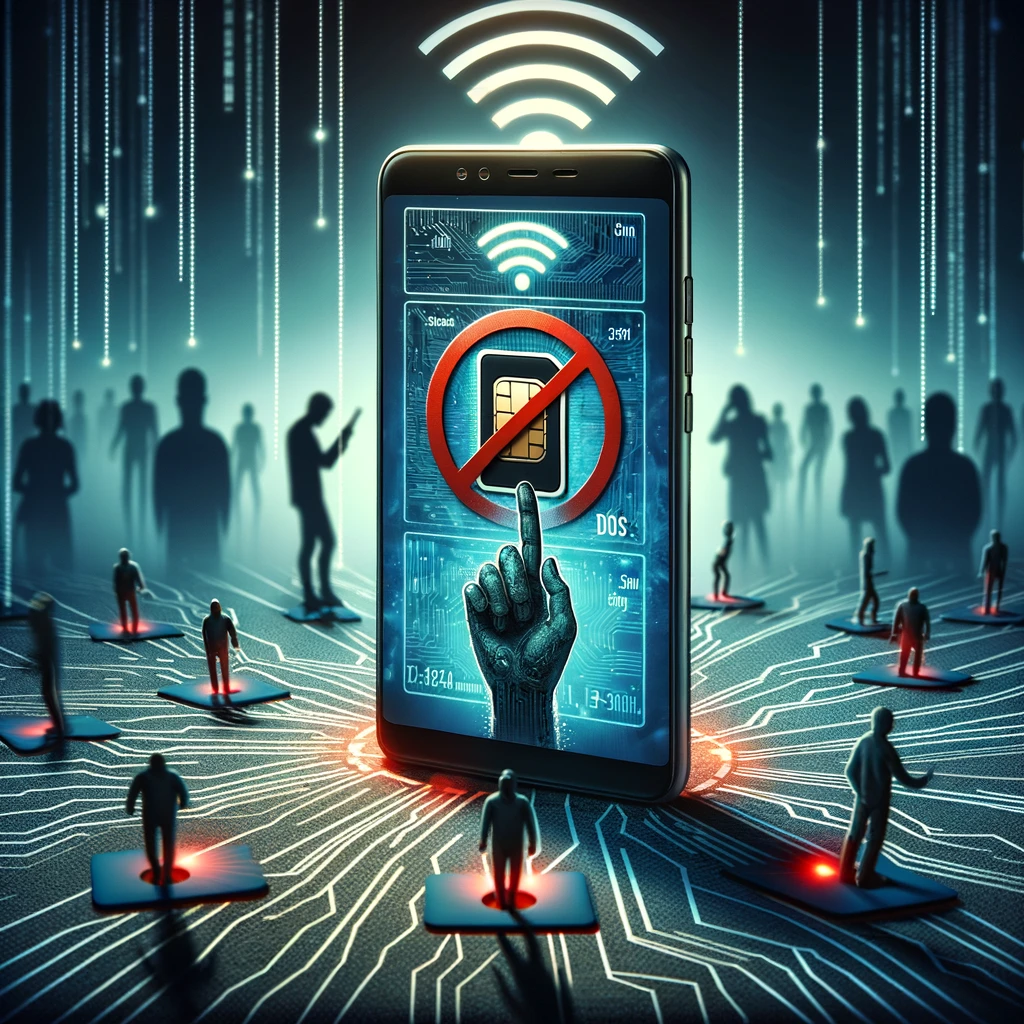
In the unsettling landscape of cyber threats, a particularly menacing form of Distributed Denial of Service (DDoS) attack has surfaced, where the malware not only enlists devices into a botnet but also has the capability to disable the SIM card, rendering the device a “zombie” in the truest sense. In this scenario, users of devices without active SIM cards unknowingly become part of a zombie army, their devices commandeered to launch large-scale cyberattacks.
This new breed of zombie DDoS attacks introduces a dual-layered threat. Firstly, the malware infects the device and then proceeds to disable the SIM card, isolating the device from cellular networks. This action forces the device to rely solely on Wi-Fi or other forms of internet connectivity, which the malware exploits to connect to a command and control (C&C) server. Once the device is under the control of the attacker, it becomes a zombie, acting on the commands of the attacker without the user’s knowledge.
The term “zombie” is particularly fitting here. Users of these compromised devices are unaware that their gadgets have been co-opted into a botnet and are participating in a DDoS attack. These devices, now zombies, are used to flood targets with overwhelming traffic. This can cripple websites, disrupt services, and in severe cases, cause extensive downtime and financial loss.
The implications of this type of attack are far-reaching. For individual users, there’s the immediate impact of losing connectivity due to the disabled SIM card. But the broader concern is their involuntary involvement in criminal activities. Their devices become tools in the attackers’ arsenals, contributing to the scale and effectiveness of the DDoS attacks.
For businesses and organizations, the threat is twofold. They must fortify their defenses against potential DDoS attacks, which are increasingly sophisticated and difficult to predict given the random nature of the zombie devices involved. They also need to consider the security of their own devices, ensuring they are not inadvertently part of the problem.
Mitigating such attacks requires a multi-faceted approach. Users need to be vigilant about the security of their devices, updating software regularly, and avoiding suspicious downloads. Businesses, on the other hand, must invest in robust cybersecurity measures, including DDoS protection services, to defend against these attacks.
The emergence of zombie DDoS attacks that can disable SIM cards signifies a new era in cyber threats, where the line between user and perpetrator blurs. The term “zombie” aptly describes the state of the compromised devices and their unsuspecting owners, caught in the crossfire of cyber warfare. As these attacks evolve, the need for comprehensive cybersecurity strategies becomes increasingly critical, highlighting the shared responsibility of individuals, businesses, and cybersecurity professionals in combating these insidious threats.